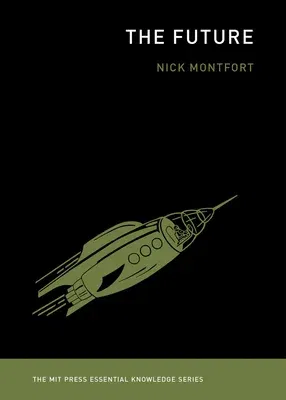How the future has been imagined and made, through the work of
writers, artists, inventors, and designers.
The future is like an unwritten book. It is not something we see in a
crystal ball, or can only hope to predict, like the weather. In this
volume of the MIT Press's Essential Knowledge series, Nick Montfort
argues that the future is something to be made, not predicted. Montfort
offers what he considers essential knowledge about the future, as seen
in the work of writers, artists, inventors, and designers (mainly in
Western culture) who developed and described the core components of the
futures they envisioned. Montfort's approach is not that of futurology
or scenario planning; instead, he reports on the work of making the
future--the thinkers who devoted themselves to writing pages in the
unwritten book. Douglas Engelbart, Alan Kay, and Ted Nelson didn't
predict the future of computing, for instance. They were three of the
people who made it.
Montfort focuses on how the development of technologies--with an
emphasis on digital technologies--has been bound up with ideas about the
future. Readers learn about kitchens of the future and the vision behind
them; literary utopias, from Plato's Republic to Edward Bellamy's
Looking Backward and Charlotte Perkins Gilman's Herland; the
Futurama exhibit at the 1939 New York World's Fair; and what led up to
Tim Berners-Lee's invention of the World Wide Web. Montfort describes
the notebook computer as a human-centered alterative to the idea of the
computer as a room-sized "giant brain"; speculative practice in design
and science fiction; and, throughout, the best ways to imagine and build
the future.

